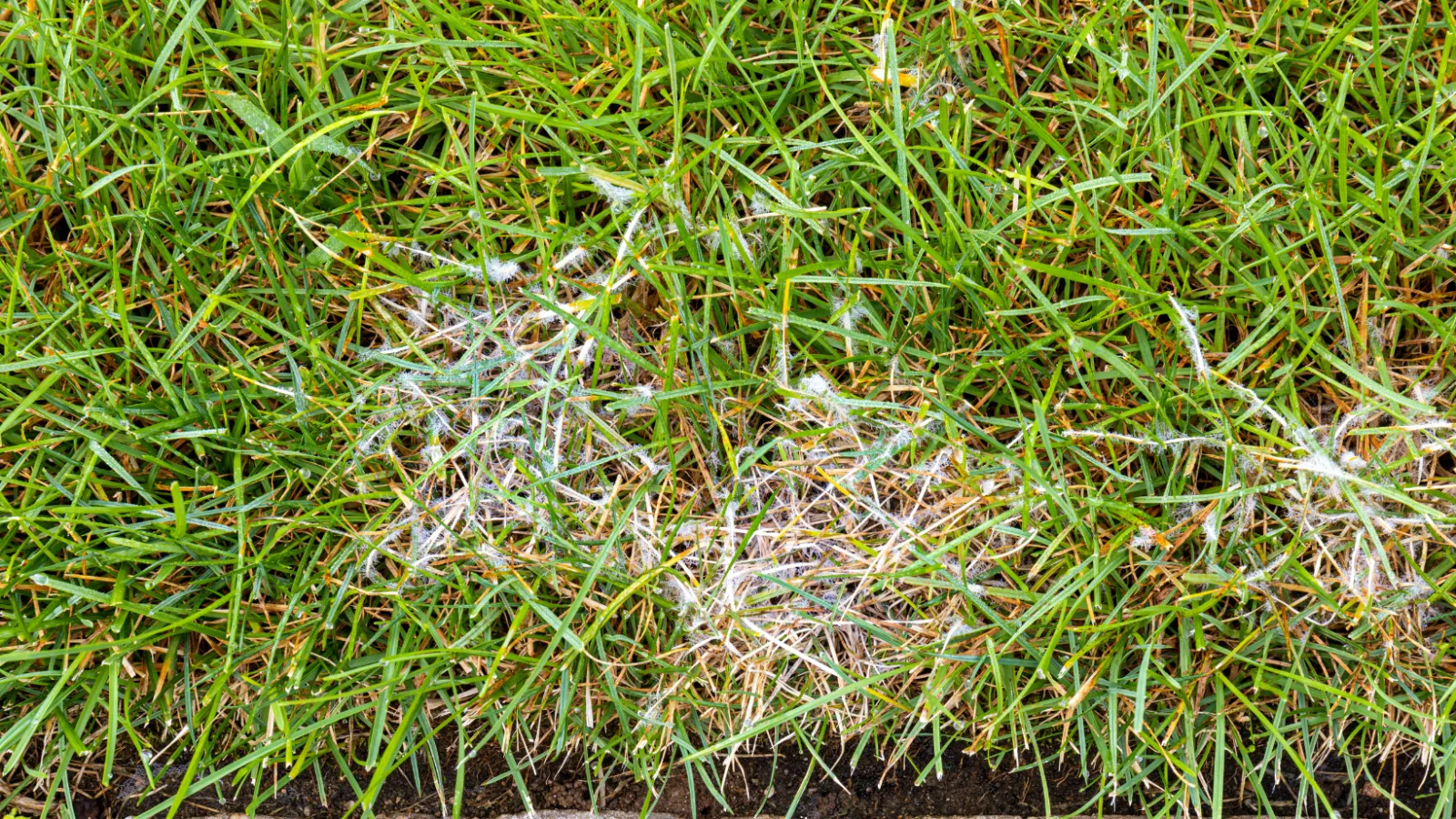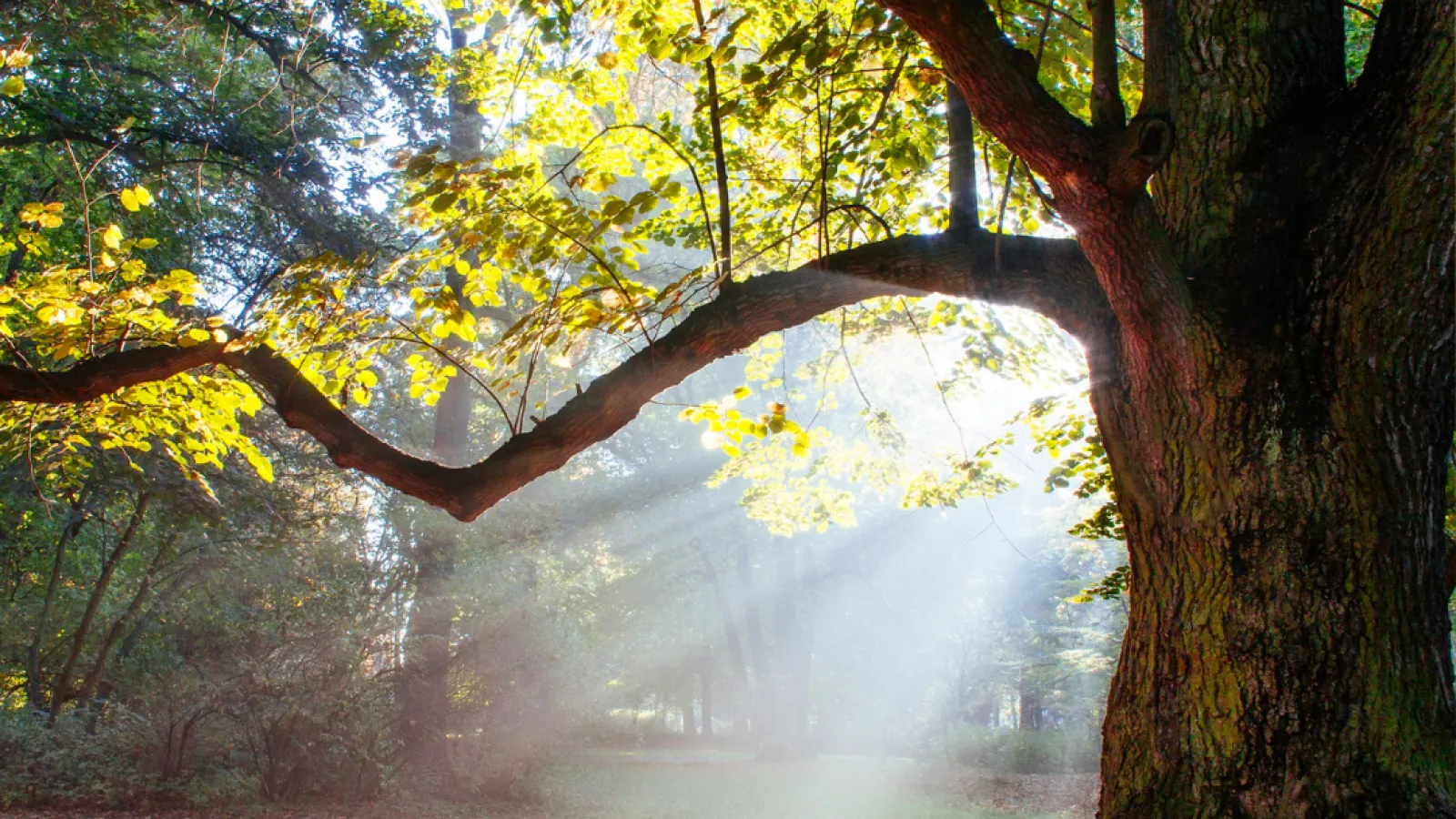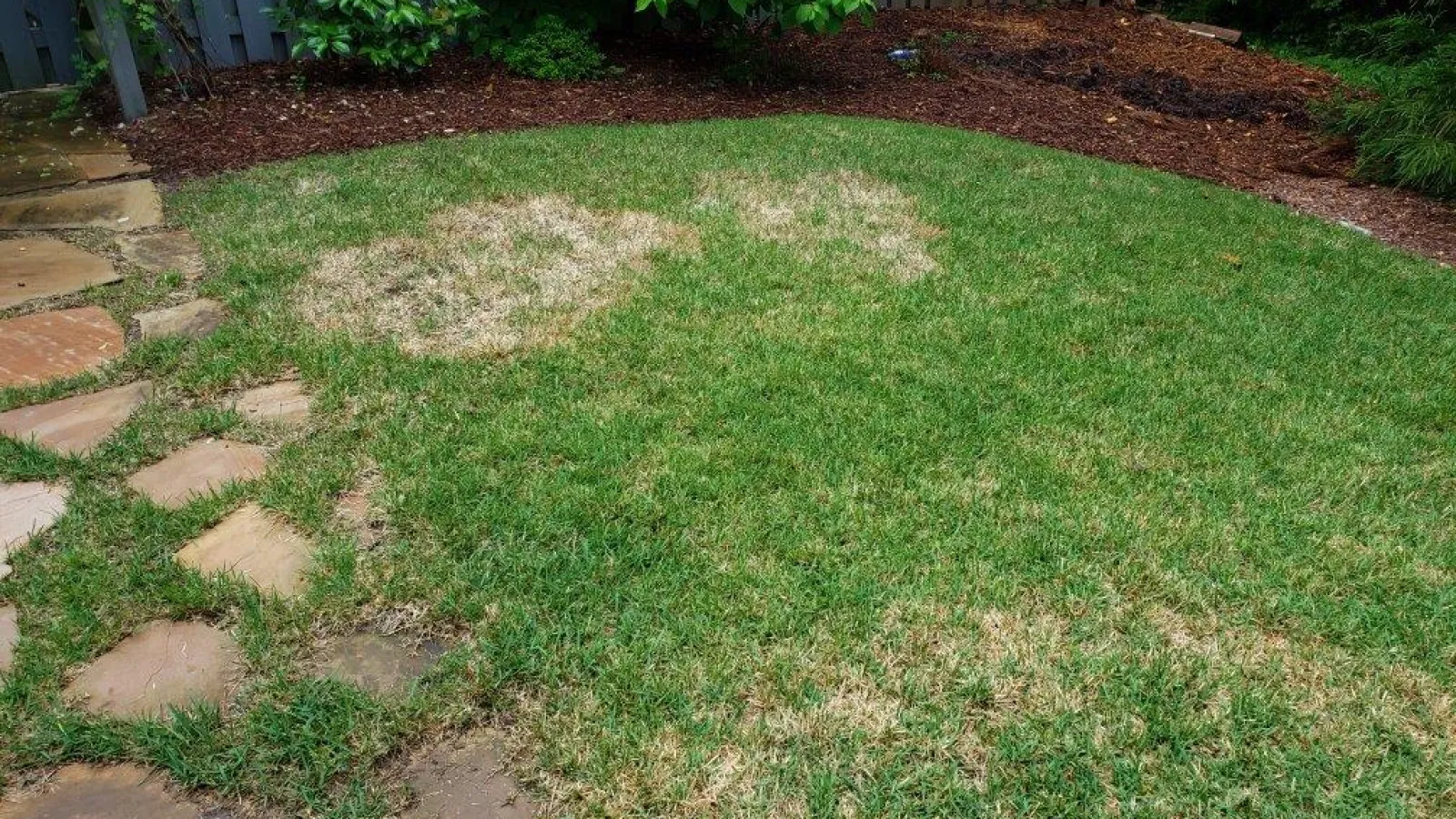
Zoysia Patch- Most Common Lawn Disease
Did you know that Zoysia patch is one of the most common and severe lawn diseases in the southeast? Zoysia patch fungus, also known as large patch, affects warm-season grasses, including Zoysia, Bermuda, and St. Augustine. This soil-borne fungus is caused by Rhizoctonia solani which is the same fungus but a different strand that causes brown patch.
Rhizoctonia Solani
R. solani is a strong saprophyte, meaning it can survive for an extended period of time in the absence of living hosts by feeding on decaying organic matter. When there is no plant host to feed on, it lives in the thatch and soil layer. However, when favorable conditions exist, the fungi colonize the surface and take over the host.
It survives in the soil as mycelium and sclerotia and is moved by contaminated soil, plant material, tools, humans, and equipment. This fungus is often found in stressed areas and can cause grass blades to wilt, stop growing and even die.
Perfect conditions
Your lawn is more susceptible to Zoysia patch in areas with excessive thatch, poor drainage, overwatering (irrigation or rainfall,) and improper fertilization techniques. And once your lawn has Zoysia patch, it's more prone to reinfestation in future years. Zoysia patch is first visible when a lawn is going in and out of dormancy and soil temperatures are between 50 and 70 degrees Fahrenheit. So, if you notice brown patches in your grass, in the fall or spring, reach out to The Nice Guys because this fungus loves when the nights are cool and the days are warm.
Zoysia Patch Characteristics
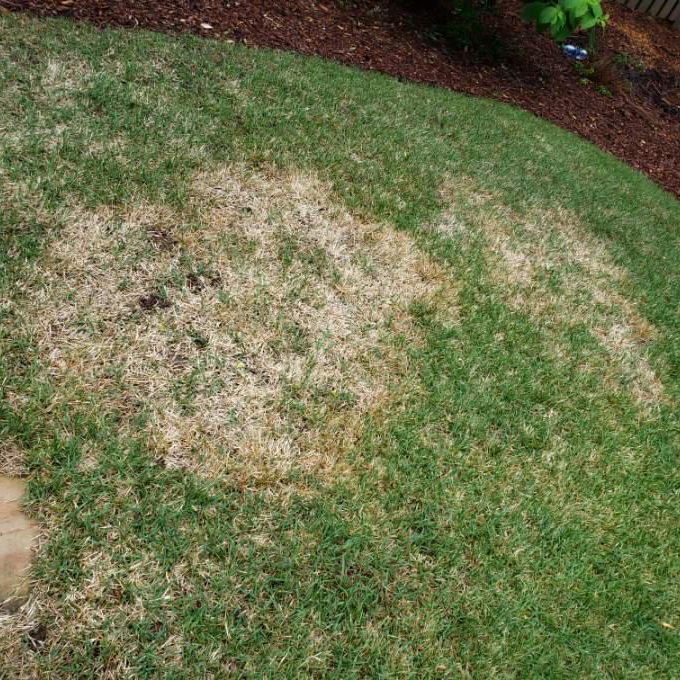
First appears in small circles of brown discoloration and will grow in size unless treated
As it gets larger, the circular pattern of brown grass will have a yellowish-colored ring (smoke ring) of wilted grass at the center of the diseased area.
The diameter of the damage can range from 3 to 26 ft
The centers of the patches develop thin and sunken areas that may be invaded by weeds
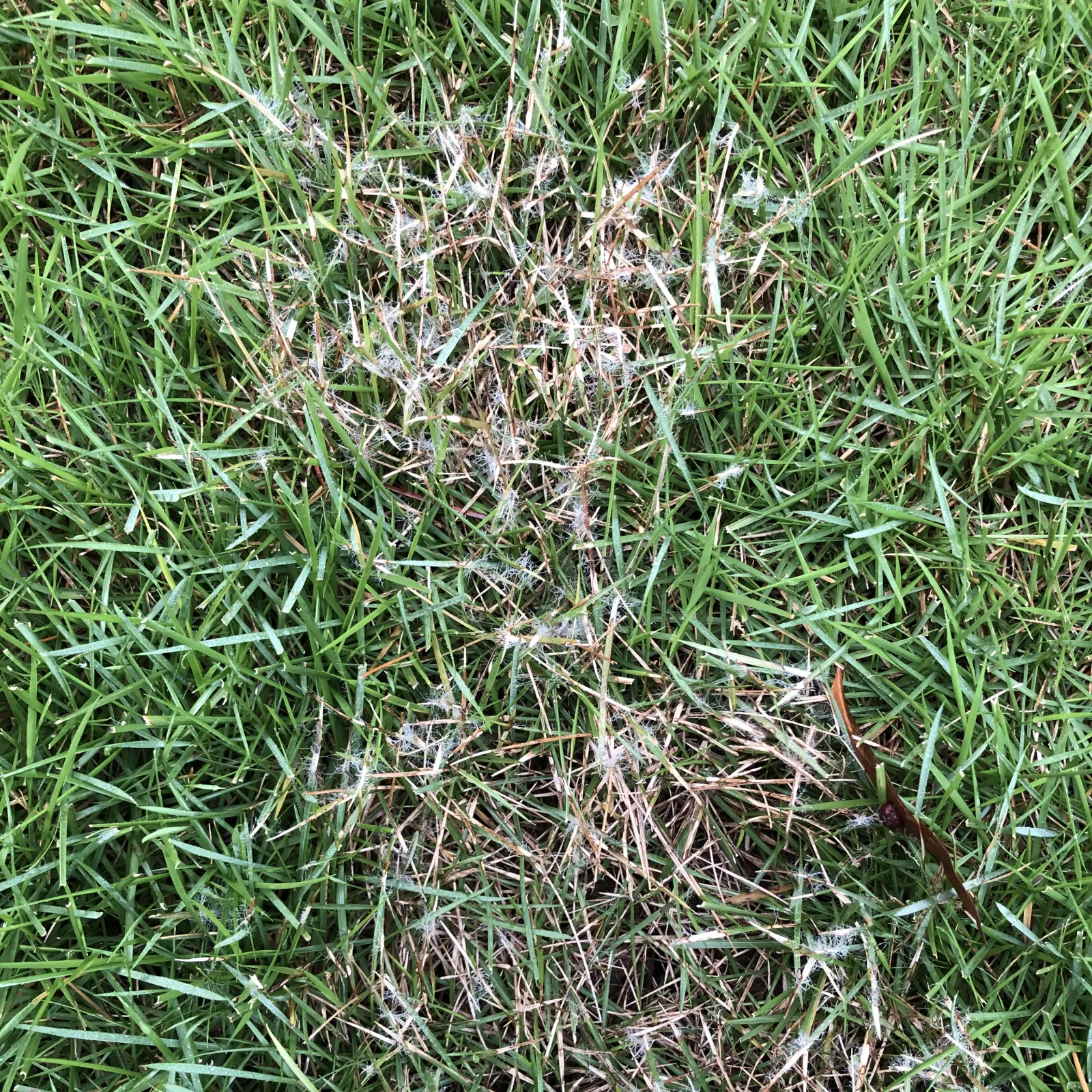
Grass blades can easily be pulled from the stolons within the smoke ring because the fungus destroys the tissue at the base of the leaf sheath
Stolons often remain green, while other parts are brown
Commonly reappears in the same areas it has infected in previous seasons
If your lawn is a warm-season grass, you may experience Zoysia Patch at some point, and now you know a bit more about it and its characteristics. Prevention is best, so we recommend Fungicide Treatments. If your lawn is attacked by this common lawn disease, contact The Nice Guys. We're here to help.
